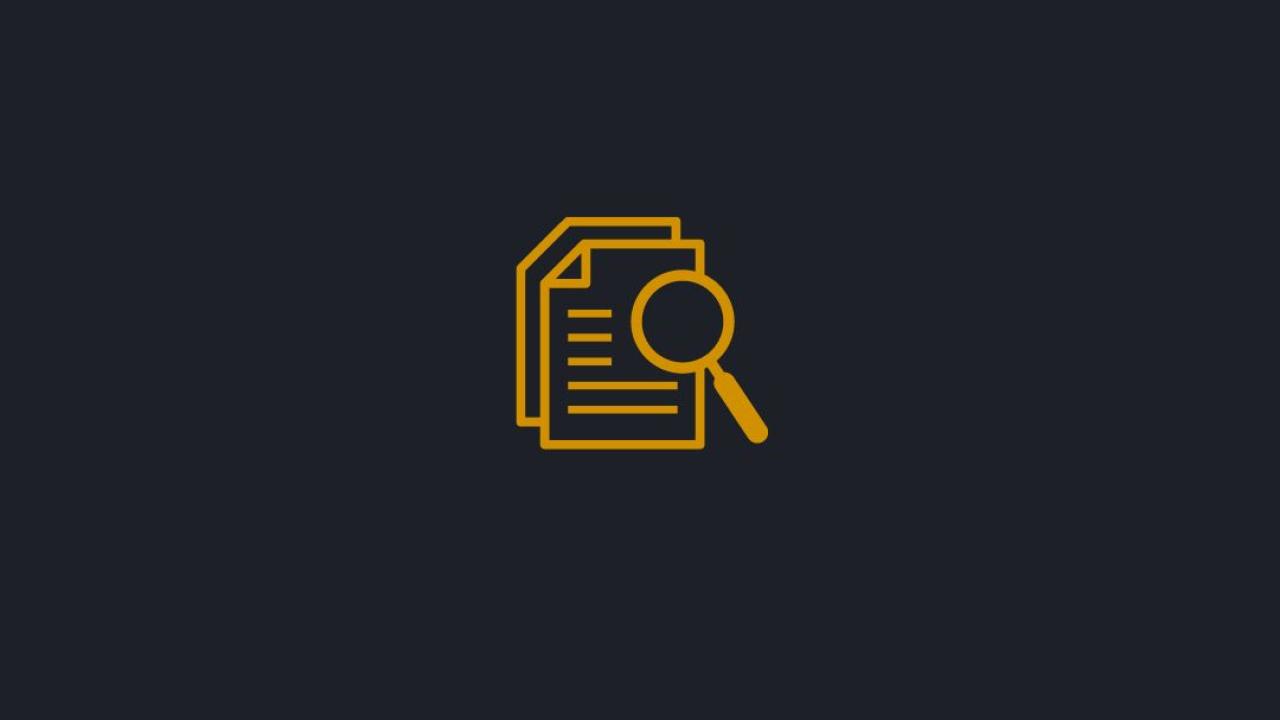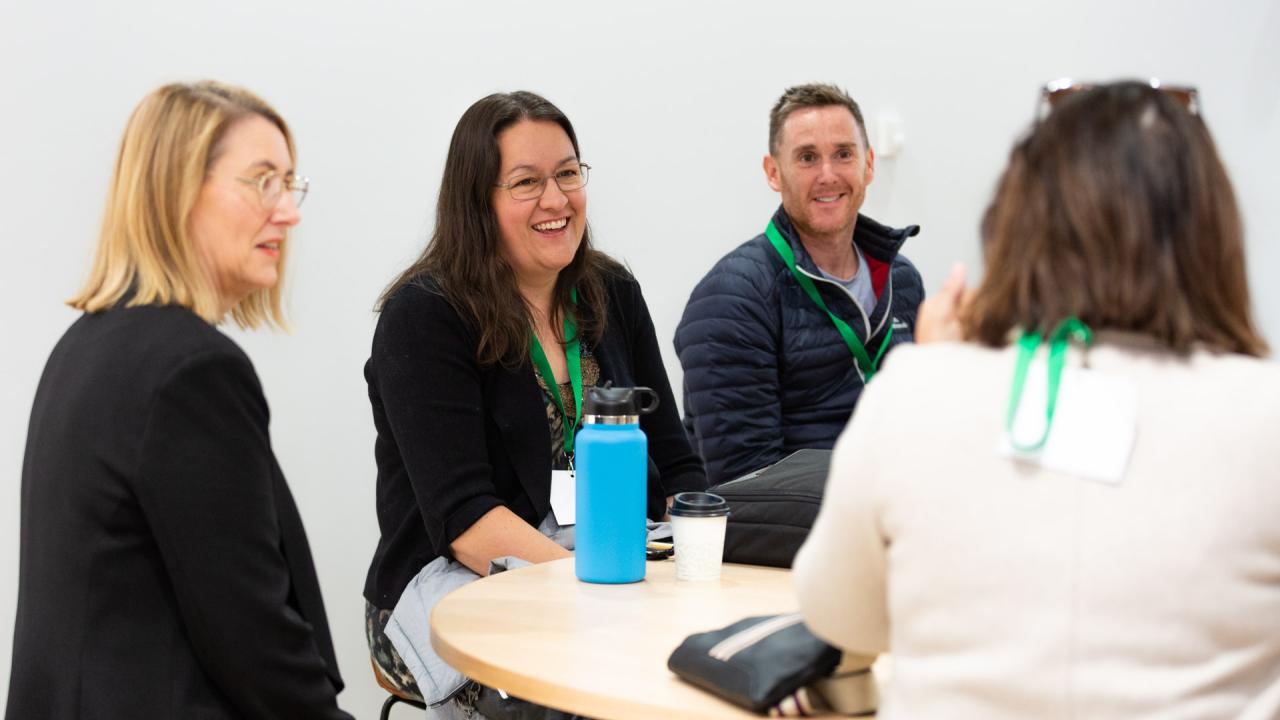02 Mar 2024
Championing Indigenous Perspectives: Strength, Recognition and Connection

Master teacher Adam Brodie-Mackenzie joined colleagues from the department’s Koorie Outcomes Division to reflect on current ways of working, opportunities for learning, and the rich history of educational practice of our First Nations peoples.
In this presentation, Adam shares his thinking on how to embed Indigenous perspectives into his teaching and classroom practice. He is committed to progressing this critical work as he embarks on his educational leadership journey as a master teacher for the Teaching Excellence Program.

My name’s Adam and I’m the master teacher in the Humanities discipline in the Teaching Excellence Program. I’ve been a Humanities teacher for over a decade now, teaching everything from politics to geography, history to legal studies, economics and philosophy.
I’d like to Acknowledge the Traditional Custodians of these unceded lands we are working on today, for me that’s the Wurundjeri-wallan People and pay my respects to Elders past and present.
An Acknowledgement too that when we’re discussing disciplines or even education, we are not talking about practices that have been around for 120 years, or for 234 years; but practices that have been taking place in this land for many millennia and an education that continues to be practised today and into the future.
Today the Humanities are split into 4 areas: History, Geography, Economics and Business, and Civics and Citizenship. For the Wurundjeri-wallan, and other First Nations peoples of this land, they didn’t separate areas in this way. History was learnt through geography and vice versa, citizenship was a part of economics and vice versa. This doesn’t end with Humanities, as all disciplines were taught as one. Songlines are a rich example of education that include all our disciplines, and the connections between them, as well as the connections between all the First Peoples of this land.
Acknowledging complexity can be difficult, as simplification can make recognition easier. The AIATSIS language map of Aboriginal Australia simultaneously shows us the rich diversity of First Nations on this land. At the same time, it is criticised because it is not as simple as drawing these lines to demarcate clearly where one nation ends and another begins, like it is in the Western tradition. Closer to home, recent decisions between the Wurundjeri and Boonwurrung people on where their borders lie is cause for celebration as it will be simpler to let local councils, governments and people of Naarm, or Melbourne, know whose country they are living in, it was also cause for consternation as it adhered to Westphalian norms, where it wasn’t always as simple as which side of the Yarra you were on. These are complex moments and moments of contradiction. An essential learning moment.
I have always strived to include Indigenous perspectives in my teaching and learning and believe it is paramount for all educators to strive towards showing the strength of First Nations peoples in our classroom - even where there is constant adversity. William Barak and Corranderrk, Mabo and native title, Aboriginal expertise of sustainability. Literature by Aboriginal and Torres Strait Islander writers now abounds in the English classroom. When looking at the injustice of deaths in custody, acknowledging the strides in social justice campaigning in connecting to the global movement of Black Lives Matter.
As teachers, it’s important to acknowledge that the road towards strength, recognition and connection is not finished, probably never finished. In the US, racism didn’t end when Martin Luther King had a dream, and in Australia, colonialism didn’t end when Kevin Rudd said sorry. Treaty in Victoria and the Uluru Statement of the Heart are excellent starting points for this exploration into the future. It is essential to acknowledge the complexity of different voices and purposes. Students can struggle with the complexities and contradictions of exploring these areas. As a non-Indigenous person keen to include Indigenous perspectives, I still struggle with the best way to do this in my teaching practice. It’s an indictment on us too, that we are still learning new things about the cultures and histories of the First Peoples of this land. This does help in the classroom though, as it demonstrates in history, for example, that it is not simply a story of the past but being discovered and constructed every day.
As we non-Indigenous Australians learn more of this land’s First Peoples, hopefully, we can acknowledge not only the complexities of their humanity but also reflect on the importance of leaning into the complexity of our own practices; different ways of thinking, doing and being.
In our first 2 weeks of the Teaching Excellence Program, it has been clear how willing we are to lean into these complexities and contradictions as we develop something that has never been done before in education in Australia. It was also obvious from the get-go, as we shared the history of our disciplines, the significance that we all give Indigenous perspectives, knowledge and wisdom in all of our areas of learning. I’ve been lucky enough to talk about mine, but you should know that we are all keen to ensure the strength of First Nations is at the forefront of our minds as we share this journey of learning through the Teaching Excellence Program.'
Supporting resources
Further your knowledge and understanding of Indigenous perspectives with these great resources:
- Protocols: for Koorie education in Victorian primary and secondary schools is guidance produced by Victorian Aboriginal Education Association (VAEAI). Includes protocols for Koorie education in Victorian primary and secondary schools, in response to requests for guidance on appropriate protocols for schools to follow when seeking to provide a welcoming school environment for Victoria's Koorie communities, and for working respectfully with our Koorie community to enrich school curricula
- Marrung Aboriginal Education Plan 2016 - 2026 promotes lifelong learning for Koorie Victorians and outlines a clear vision for all students in Victoria to learn through inclusive practices that acknowledge and explore the contributions and perspectives of Australian First Nations Peoples.
Find out about the Academy's Aboriginal pathways subsidy.
Other policy, guidance and resources on Koorie Education are available through the new schools Policy Advisory Library.
For more information contact Koorie Outcomes Division via email: marrung@education.vic.gov.au



